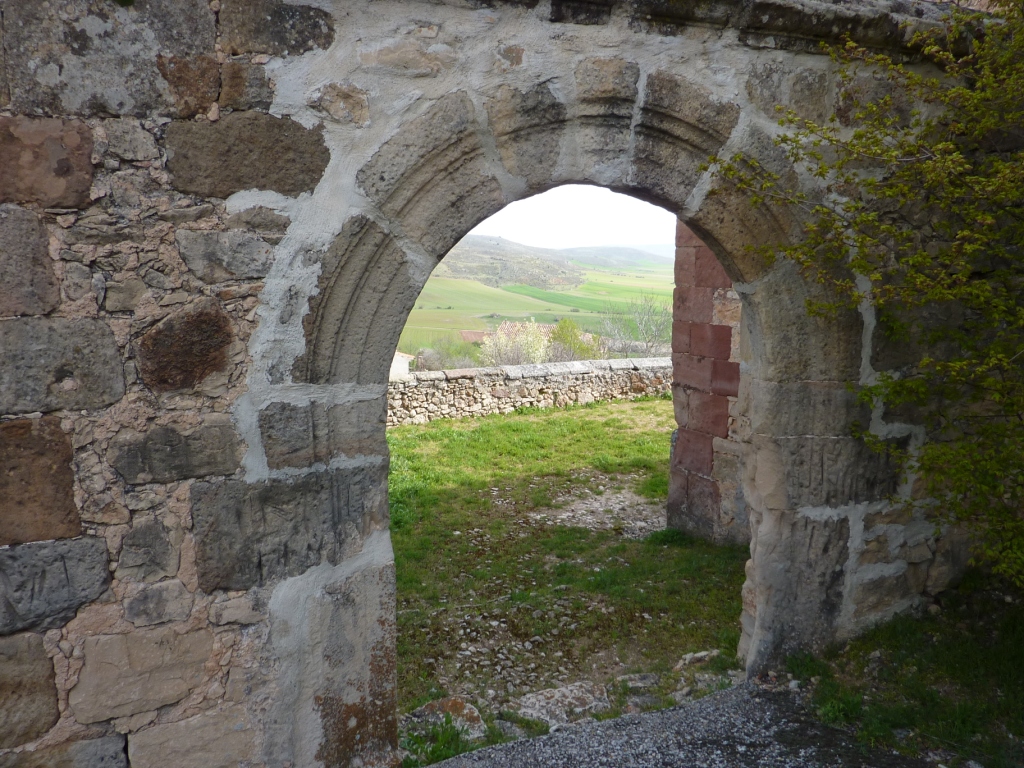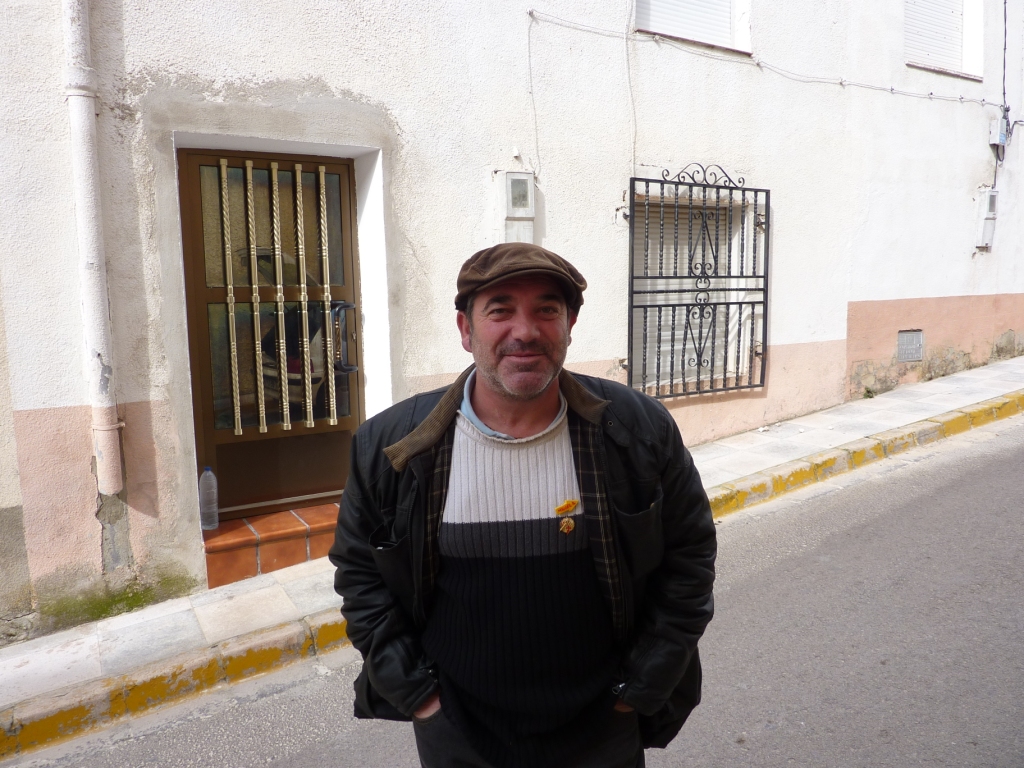Moveros de Aliste – Villages of Spain
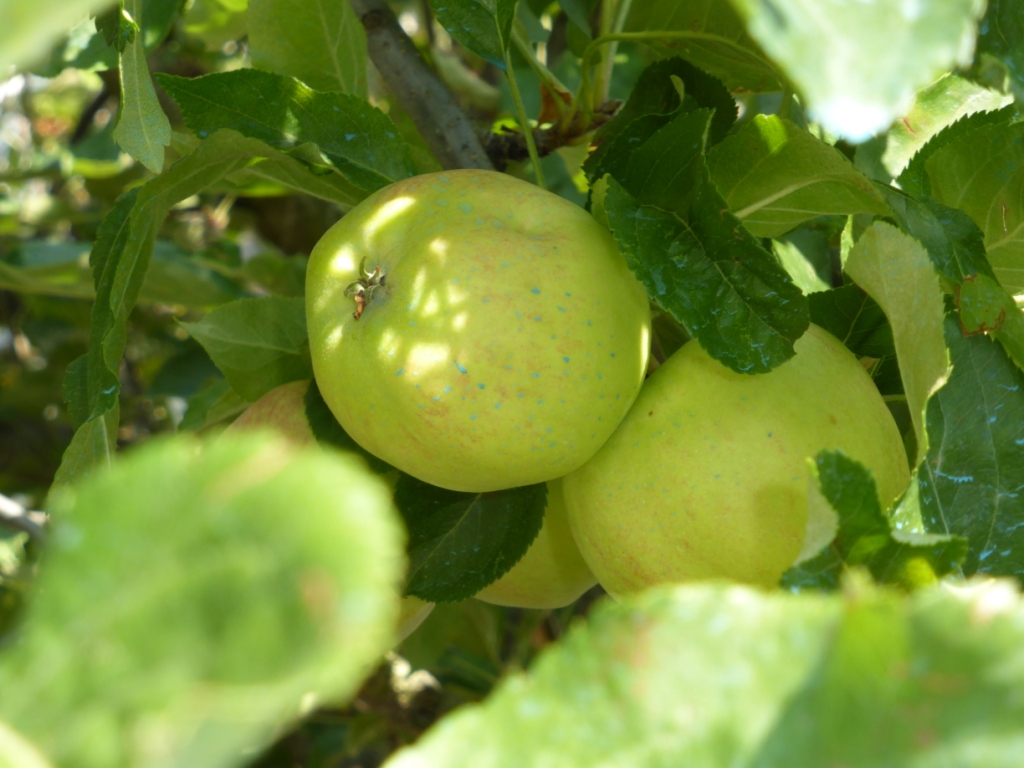
Moveros de Aliste, Zamora
This village in Zamora, on the border with Portugal, still has a renowned production of ceramica. It is typical of the villages in this area in that there are many fincas, or fields, dotted right in between the houses which give an expansive sensation of space and sky.
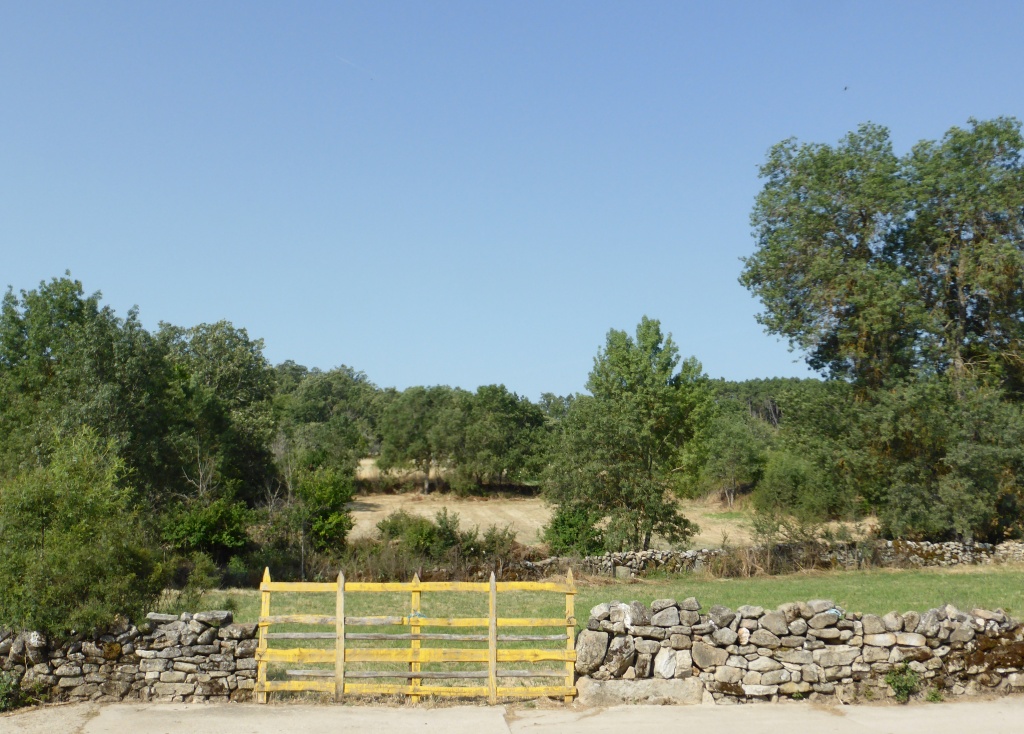
Gardens are used to grow vegetables and fruit. No space is wasted, especially now that each house has a water supply. Every village in Spain has drinkable water and mains sewage.
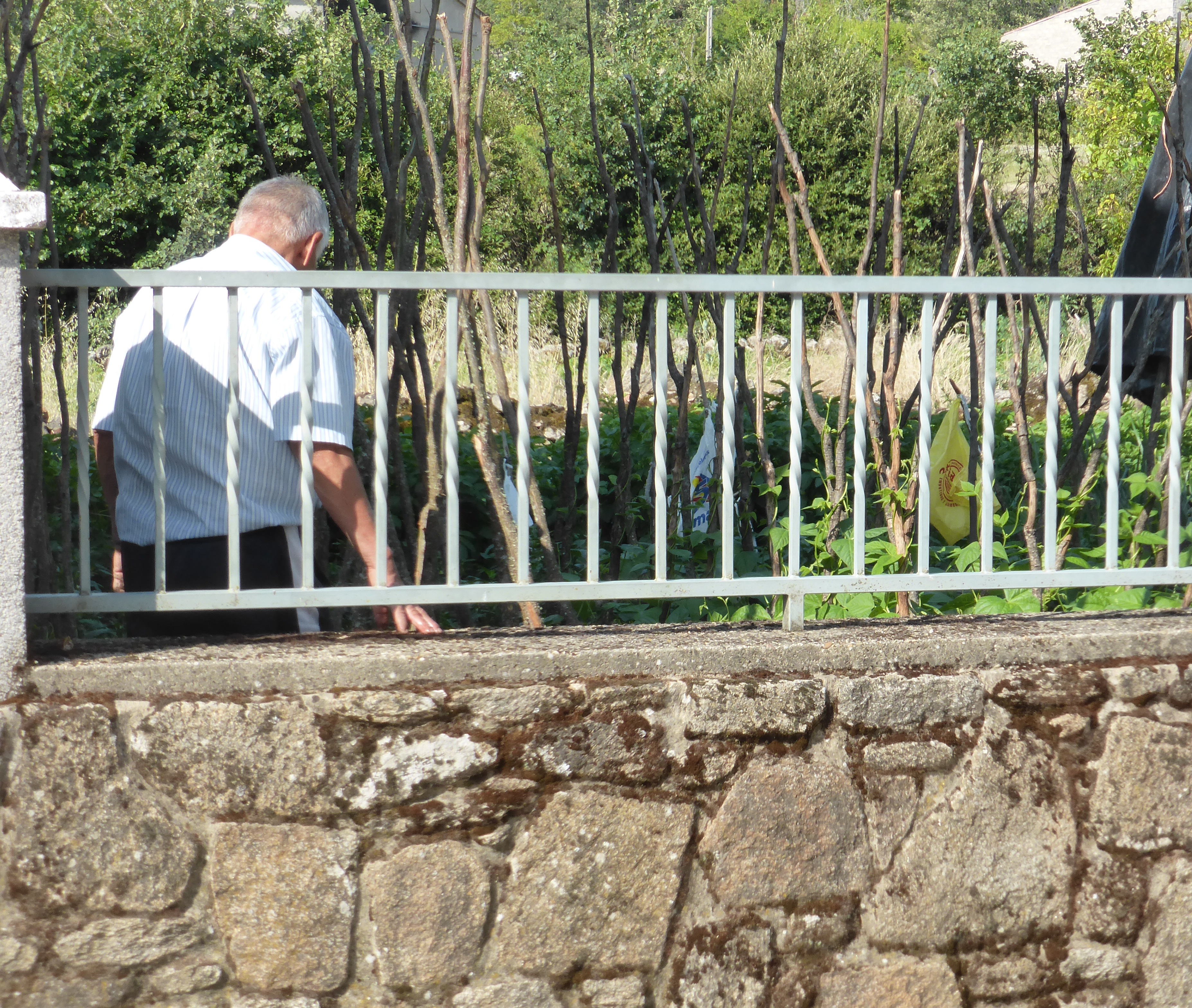
Until Spain entered the European Community it was common in most villages to share a common water supply, usually a spring or a well.
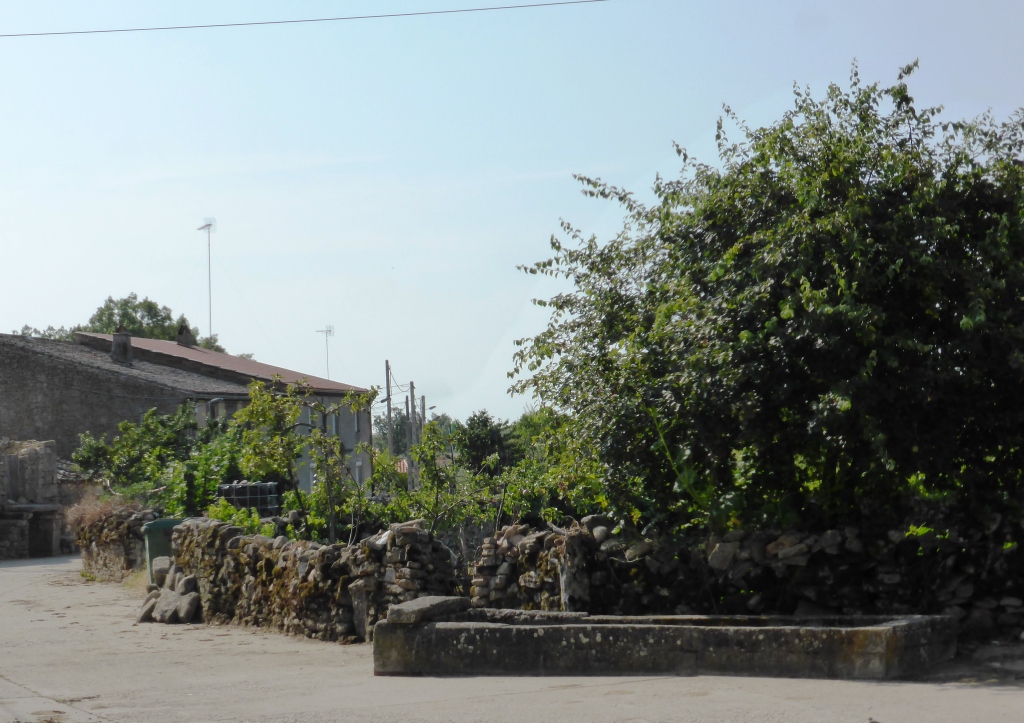
The Church is the centre of village life. We came across a group of women preparing the Church for the annual visit by the Bishop of Zamora. The were cleaning everything and arranging gladioli and other flowers for the altar.
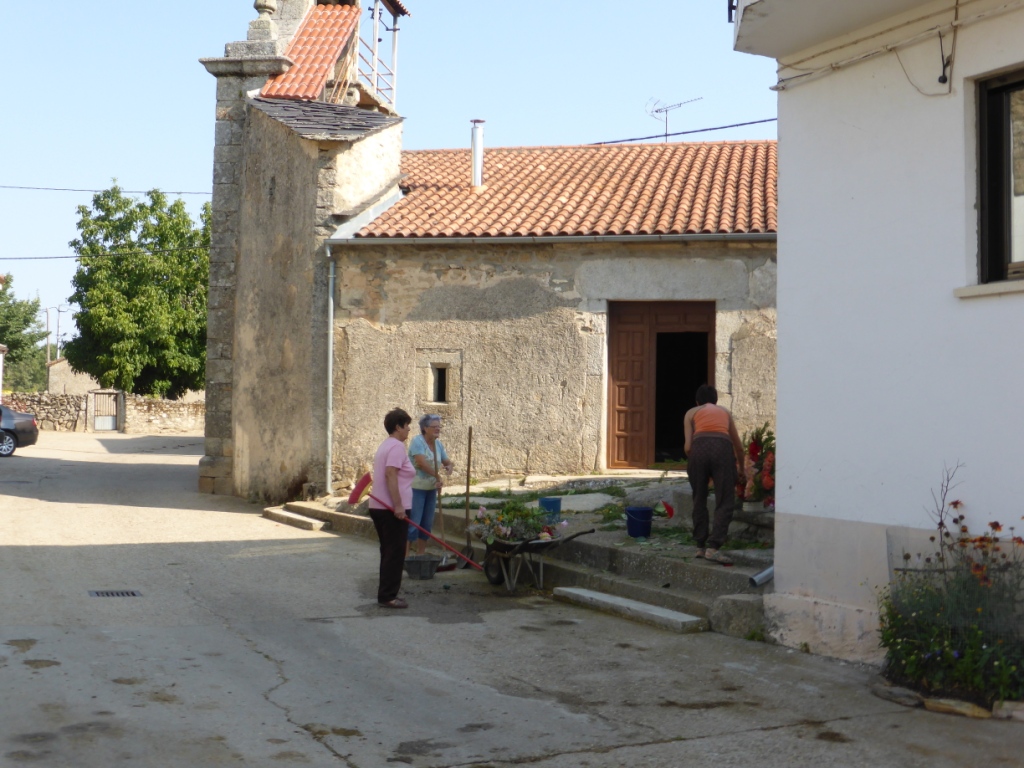
Houses of Granite.
The town is built on granite and the houses have thick walls of granite blocks which keep them cool in summer. The summer months are hot and the winters cold with frosts mainly in January through to April.
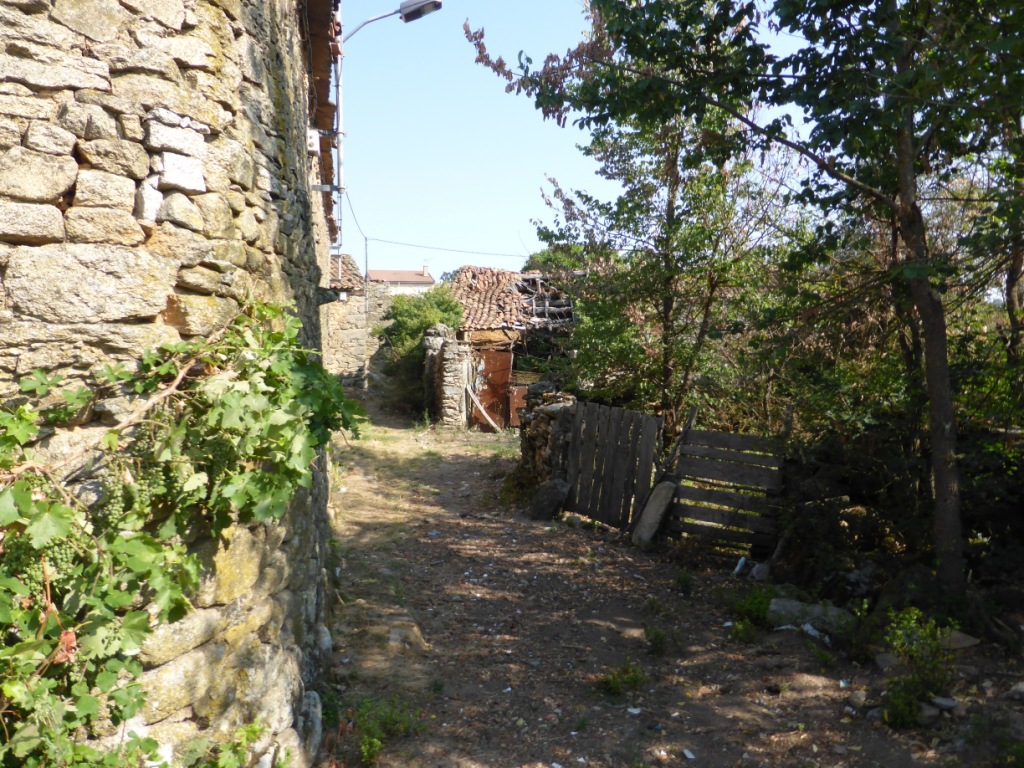
Apples, pears and plums.
In July the trees are bearing ripening fruit. Here apples and pears abound and many trees are bowing low with plums. Often local people will offer visitors fruit as a gift and the hedgerows, too, are dotted with bushes and trees from which fruit can be eaten in passing.
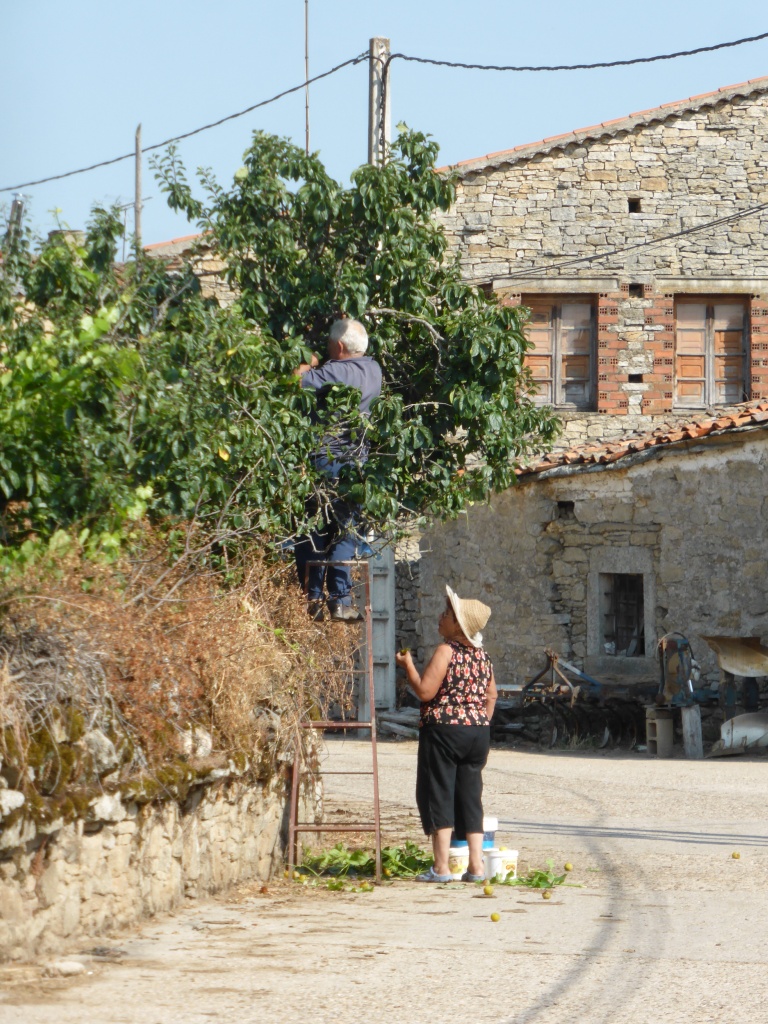
Ceramica
The two remaining pottery ovens are still worked by women who turn the clay manually. The men fire up the ovens and collect the wood. Until recently this local skill was the livelihood for the villagers, but the skills have died out, and the demand for ceramic goods had fallen with mass-production.
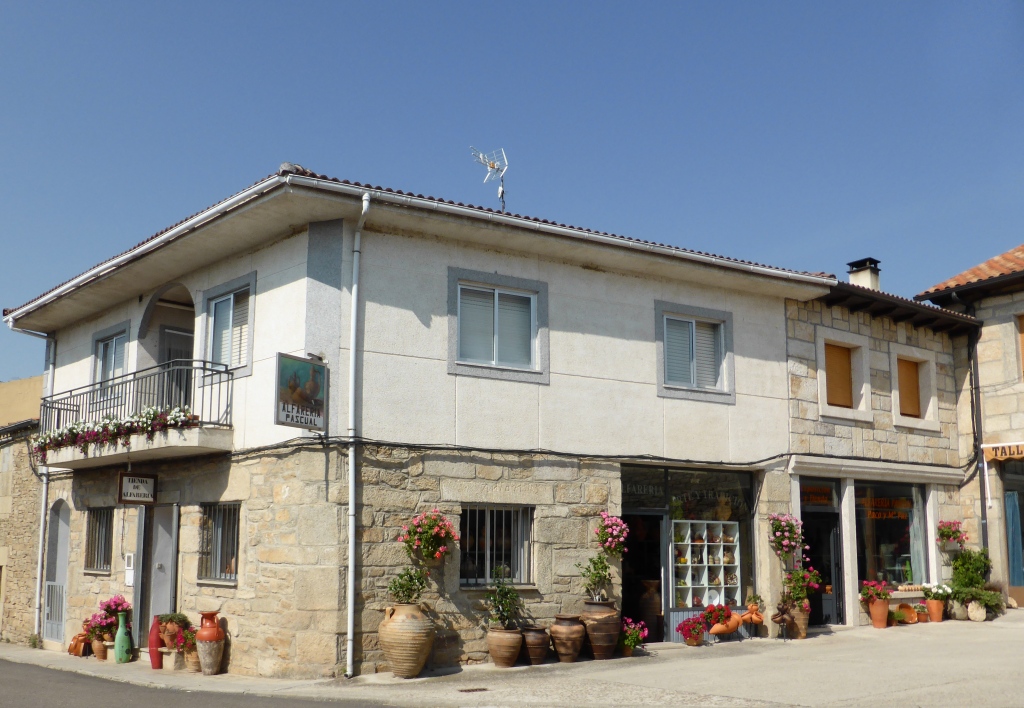
That’s about it about Moveros.
It looks as if this blog will be more about a few photos than about much real news, but you never know.
Read more about Moveros here (in Spanish)


